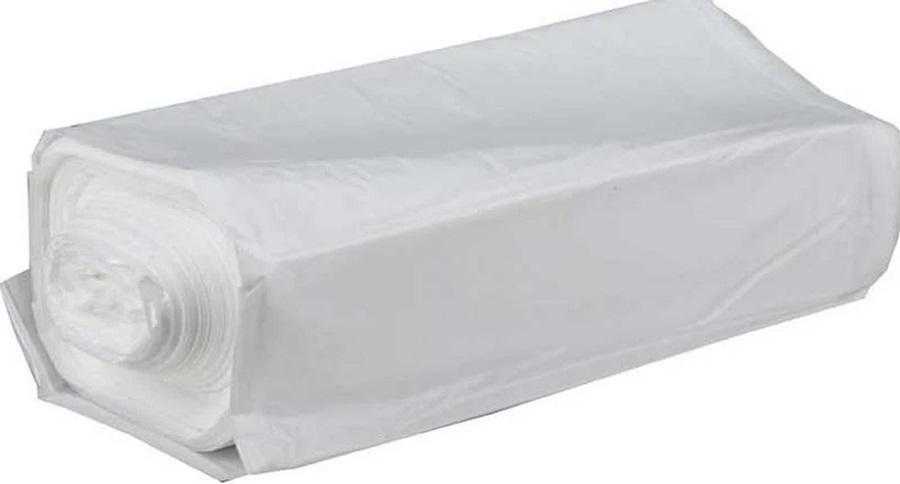Polyethylene liners are thin sheets or films of polyethylene material designed to act as protective barriers. They are commonly used to line containers, cover surfaces, or shield items during transportation or storage. Their principal role is to prevent leakage, contamination, or damage to the item or surface they are safeguarding. Here we will let you know the various uses of these liners:
Table of Contents
ToggleThe Composition and Manufacturing Process
Polyethylene liners are made from ethylene, a hydrocarbon that is polymerized to form polyethylene. The manufacturing process involves heating the ethylene to high temperatures and applying pressure. The result is a material that is lightweight yet robust, resistant to many chemicals, and highly flexible.
Pivotal Role in Waste Management and Landfills
One of the most critical uses of these protective barriers is in waste management and landfill sites. These locations often deal with the disposal of potentially hazardous materials. Without proper protection, these substances can seep into the ground, leading to environmental harm. The liners act as an effective barrier, preventing any harmful substances from leaking out.
Environmental Impact and Sustainability
The use of polyethylene sheets in landfills significantly reduces the risk of groundwater contamination, a common issue associated with waste disposal sites.
Moreover, these liners are recyclable, which contributes to their sustainability. Once their lifespan is over, they can be recycled to produce new polyethylene products, reducing the need for virgin materials and minimizing environmental impact.
Essential in Construction and Civil Engineering
In construction and civil engineering, these versatile barriers play an integral role. They are used as vapor barriers under concrete slabs, preventing moisture from seeping through and damaging the concrete. This application helps to enhance the longevity of buildings and infrastructure, reducing maintenance costs over time.
Building Durability and Cost-Effectiveness
By preventing moisture ingress, polyethylene films contribute to the durability of structures. Moisture can lead to issues such as concrete degradation or steel corrosion, which can compromise the integrity of a building. By acting as a barrier, these liners help to preserve the structure and potentially save significant repair costs.
Use in Agriculture and Aquaponics
Agriculture and aquaponics are other sectors where these liners see extensive use. They are used in irrigation systems to prevent water loss through seepage. In aquaponics, they are used to line fish tanks and grow beds, ensuring that the water stays within the system, promoting the growth of plants and the health of the fish.
Enhancing Productivity
The use of polyethylene liners in these sectors can significantly enhance productivity. By preventing water loss, they help to ensure that crops and fish have access to the water they need to thrive. This increased productivity can lead to higher yields and more profitable operations.
Application in Food Industry
The food industry also benefits significantly from these protective barriers. They are used to line food containers, ensuring that the food doesn’t come into contact with the container’s material. This application protects the food from potential contamination, preserving its quality and safety.
Food Safety and Quality
Polyethylene liners play a crucial role in maintaining the safety and quality of food products. They provide a barrier between the food and any potential contaminants, helping to prevent foodborne illnesses and ensure that the food remains safe for consumption.
Importance in Mining Sector
In the mining sector, these liners are used to line heap leach pads. This application prevents the leaching solution from contaminating the surrounding soil and groundwater, thus protecting the environment from potential harm.
Environmental Protection
The use of polyethylene sheets in the mining sector contributes to environmental protection. By preventing the leaching from polluting the environment, they help to ensure that mining operations have as little impact as possible on the surrounding ecosystem.
Conclusion:
Polyethylene liners have found a place in almost every industry due to their exceptional versatility and durability. Whether it’s protecting the environment from potentially hazardous waste, maintaining the integrity of construction projects, or preserving the quality of food, these liners are truly indispensable.
Categories
Recent Posts
Advertisement


